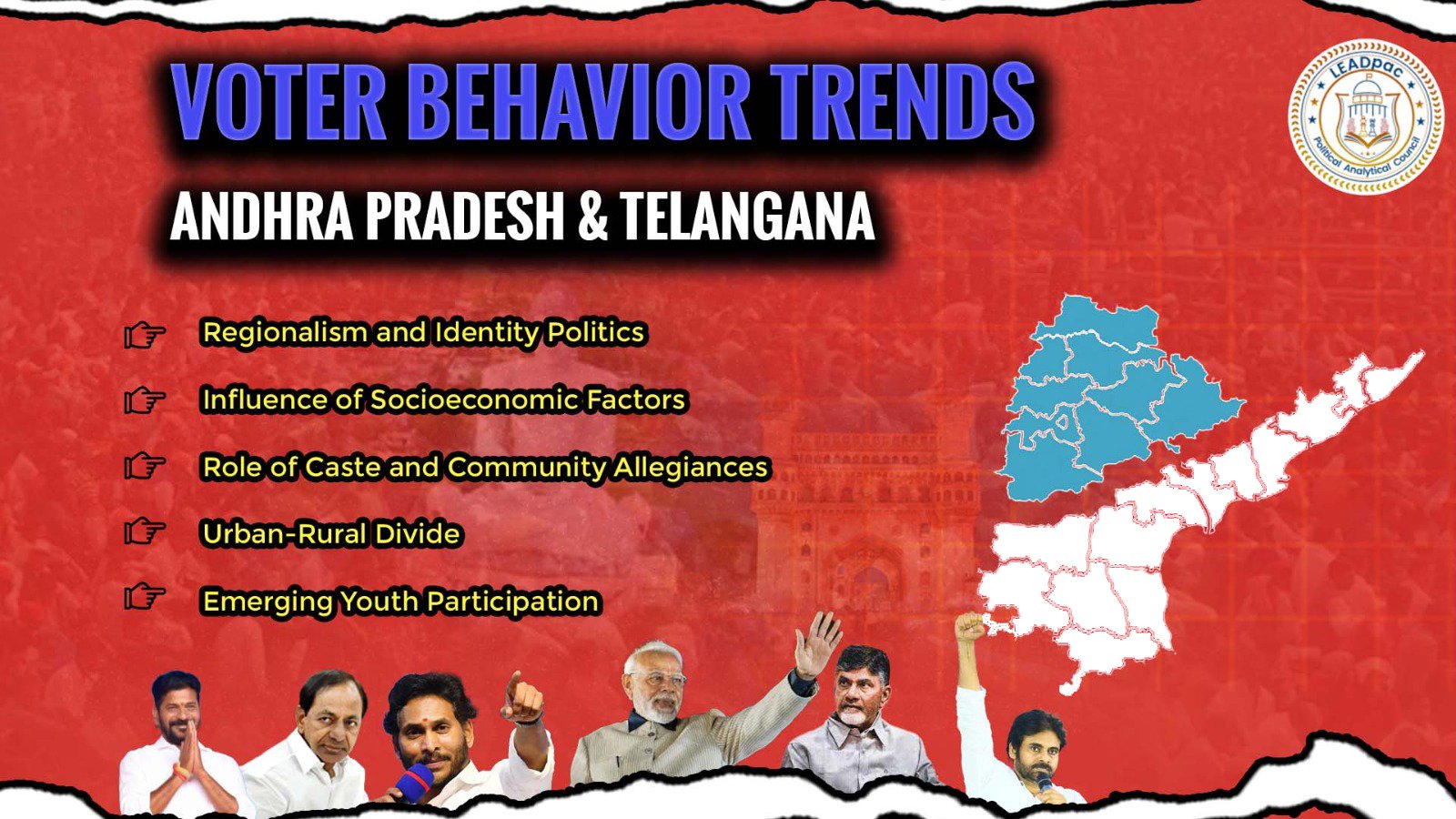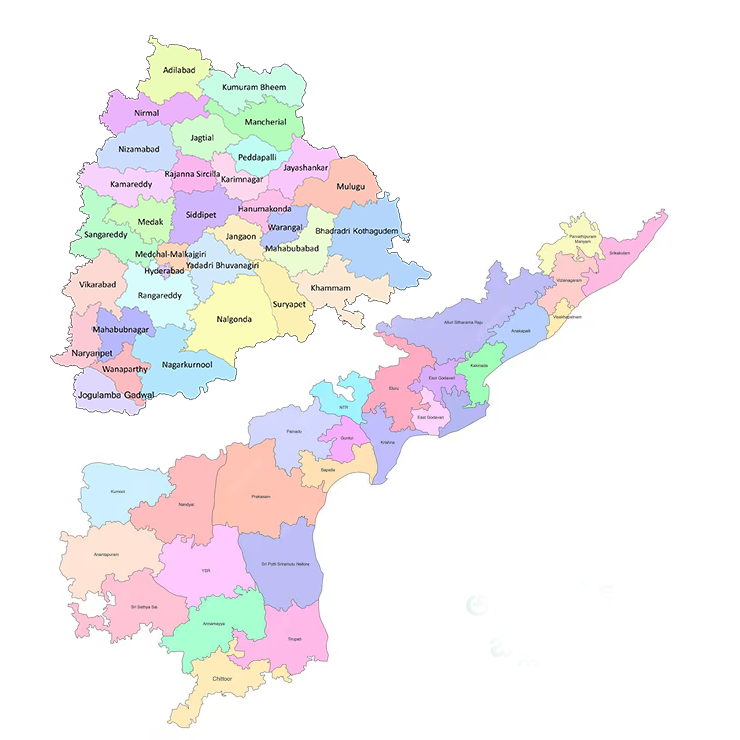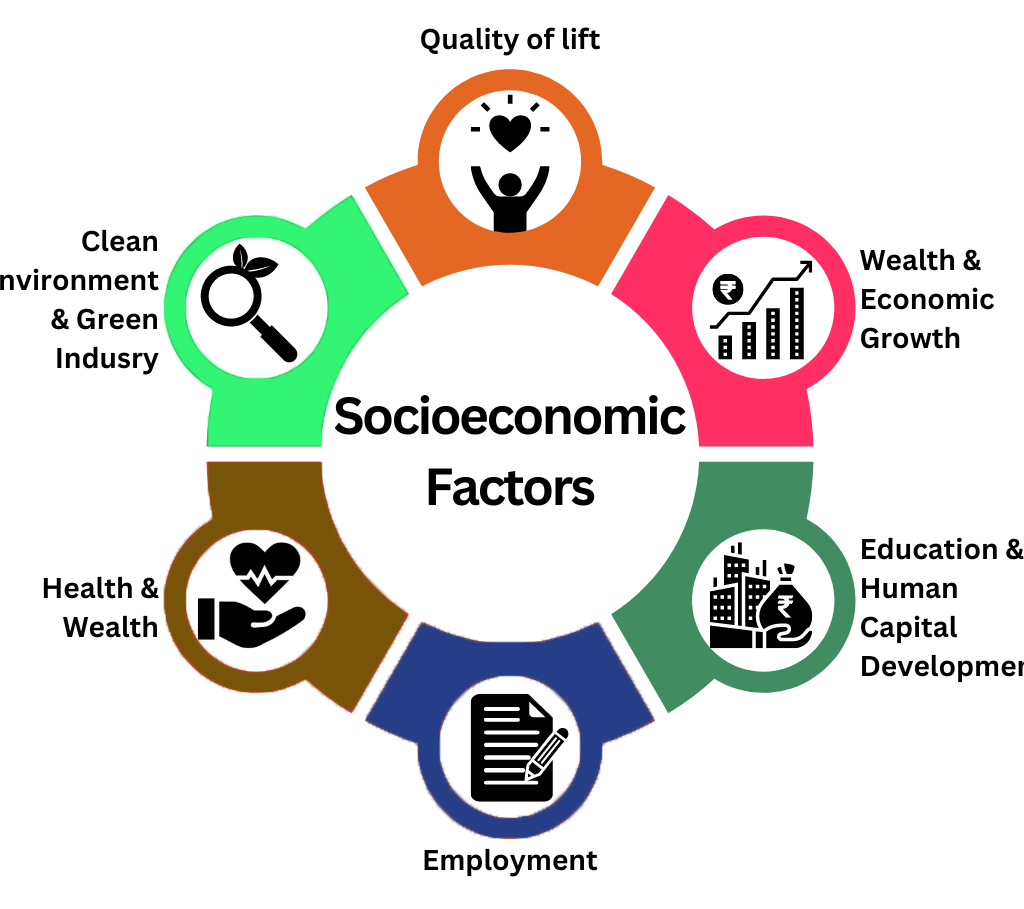Voter Behavior Trends in Telangana and Andhra Pradesh: Insights and Observations

Telangana and Andhra Pradesh, two states in southern India, have distinct political landscapes shaped by historical, cultural, and socioeconomic factors. Understanding voter behavior trends in these states is essential for deciphering the intricacies of their electoral dynamics. In this blog post, we delve into some of the notable trends shaping voter behavior in Telangana and Andhra Pradesh, offering insights into the factors influencing electoral outcomes and their implications for the region’s political future.

Regionalism and Identity Politics:

Both Telangana and Andhra Pradesh exhibit strong regional identities that significantly influence voter behavior. In Telangana, the sentiment for a separate statehood, achieved in 2014, continues to shape political allegiances. Similarly, in Andhra Pradesh, the bifurcation of the state led to the emergence of distinct regional identities and political affiliations. Understanding the nuances of Regionalism and Identity Politics is crucial for political parties seeking to garner support and navigate the complex electoral landscape. Visuals could include images of cultural symbols, regional festivals, and political leaders addressing regional issues.
Influence of Socioeconomic Factors:
Socioeconomic considerations play a pivotal role in determining voter behavior in both Telangana and Andhra Pradesh. Issues such as agrarian distress, unemployment, access to education, and healthcare resonate deeply with voters, particularly in rural areas. Political parties often craft their electoral strategies around addressing these socioeconomic concerns, promising welfare measures and development initiatives. Visuals could include photographs depicting rural life, agricultural activities, and campaign events focused on economic empowerment.

Role of Caste and Community Allegiances:

Caste-based politics remains significant in Telangana and Andhra Pradesh, with various communities wielding considerable influence over electoral outcomes. Political parties often form alliances and strategize around caste arithmetic to mobilize support and secure electoral victories. Understanding the dynamics of caste and community allegiances is essential for interpreting voter behavior trends and predicting election results. Images could include scenes of caste-based gatherings, community meetings, and political rallies targeting specific caste groups.
Urban-Rural Divide:
The Urban-Rural Divide is another important factor shaping voter behavior in Telangana and Andhra Pradesh. While urban areas are hubs of economic activity and technological advancement, rural regions often grapple with agrarian challenges and infrastructure deficiencies. Political parties tailor their policies and campaign messages to resonate with the distinct needs and aspirations of urban and rural voters. Visuals could juxtapose images of bustling cityscapes with serene rural landscapes, highlighting the disparities between urban and rural areas.

Emerging Youth Participation:

An increasingly educated and politically conscious youth demographic is playing a significant role in shaping voter behavior in Telangana and Andhra Pradesh. Young voters are asserting their influence, demanding accountability from political leaders, and advocating for issues such as employment opportunities, education reform, and environmental sustainability. Political parties are adapting their outreach strategies to engage with this demographic effectively. Visuals could feature young voters participating in political discussions, volunteering for campaigns, and attending youth-centric events.
Conclusion:
As Telangana and Andhra Pradesh navigate the complexities of electoral politics, understanding voter behavior trends is paramount. From the influence of regionalism and identity politics to the role of socioeconomic factors and caste dynamics, numerous factors shape electoral outcomes in these states. By unraveling these trends and their implications, stakeholders can devise informed strategies to address the needs and aspirations of diverse voter demographics, ultimately contributing to a more vibrant and inclusive democracy in the region.

Add a Comment